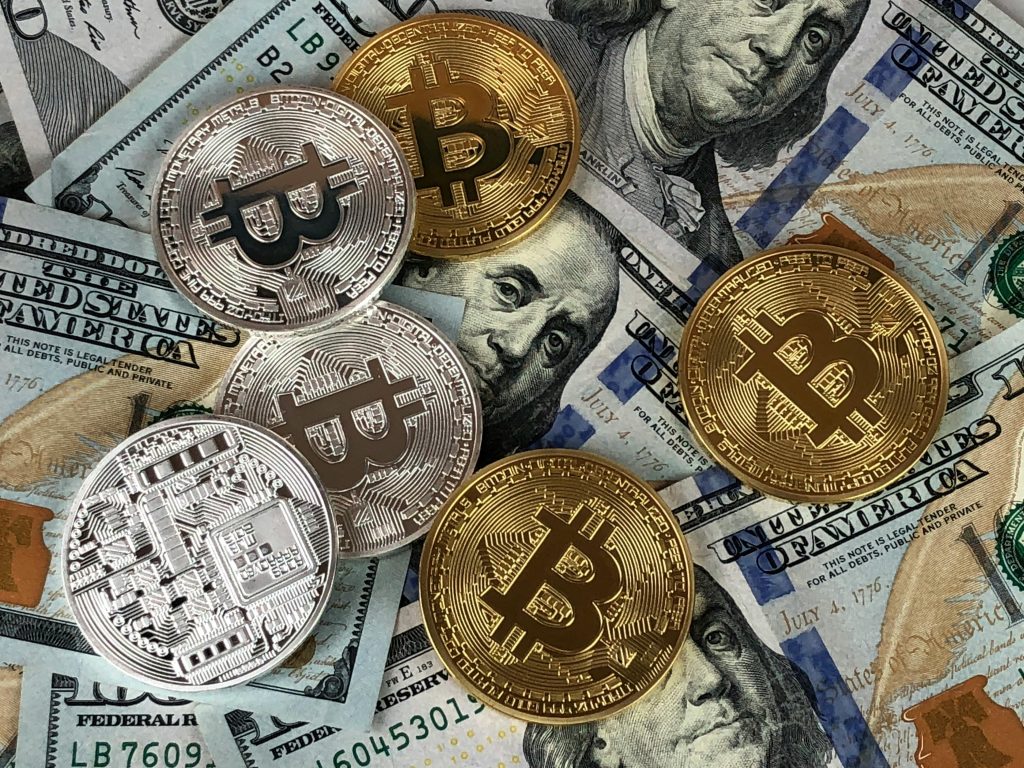Virtual worlds are fast incorporating cryptocurrencies and opportunities and challenges are emerging. XRP is poised to become a significant participant in the future metaverse economy.
The metaverse shifted from a fictional sci-fi concept to reality through the incorporation of gaming, socialising, and online commerce. As such, virtual worlds are supported by blockchain technology, XRP is becoming more popular in making payments, rewarding users and simplifying in-game economies. The usage is growing and virtual asset infrastructures are emerging, and players and builders in the industry see this. Making XRP a part of the metaverse is the continuation of the larger vision: digital currencies are not merely investment assets; they are the basic building blocks of building interactive, decentralized economies.
Observers note that the more time individuals spend in the virtual world, the greater the necessity becomes for speedy, low-fee, and trustworthy currencies like XRP, indicating its potential for underpinning vast virtual economies.
XRP’s Growing Role in Virtual Economies
XRP is really among the preferred currencies for payments related to the metaverse, from NFT markets to virtual lands. With its fast transaction speeds and low fees, XRP is a desirable option for game platform developers and content creators. Observers note that incorporating XRP can increase liquidity and provide one-click solutions for user payment through various virtual platforms. At current rates, converting XRP to USD provides adopters with a straightforward and accessible entry point into the metaverse.
Bridging Real and Virtual Worlds
Most metaverses require interoperability with existing financial systems. The XRP protocol may facilitate more expeditious settlement of international payment and electronic money transactions, which is needed in global metaverses, where there are many users. This connection between the virtual and the physical economies allows the process of monetizing developers’ content to be more efficient. It will enable users to convert the in-game currency to real currency if needed.
The use of XRP in metaverses, according to Binance, has experienced an increase in on-chain activity and marketplace diversification, which indicates the trust it has achieved regarding its scalability.
Expanded XRP usage also means enabling microtransactions between games and virtual storefronts. Smaller payments can be made instantly and with predictable fees, allowing developers to experiment with new revenue streams and game monetization models that were previously not economically feasible due to high costs on other networks.
Market Insights & Data

Binance crypto exchange says that as of 11/09/2025, XRP can be exchanged at a value of approximately $3.01 USD and has a market cap of roughly 175,707,349,004 USD and a 24-hour volume of about 4,549,221,709 USD.
For instance, Binance Research notes that XRP was particularly strong in the NFT and gaming-related innovative contracts segments, showing consistent and robust growth over the last several months. These statistics illustrate XRP’s utilization beyond speculative markets in online worlds and suggest its increasing potential as an operational exchange tool within these environments.
The expanded application of XRP in the context of metaverse applications indicates that online worlds are emerging as viable markets in digital currencies where speed, reduced costs and settlement reliability become fundamental factors. Soaring institutional interest equally underscores the development, wherein businesses and financial organizations look at virtual economies as prospective avenues for digital asset deployment.
Moreover, XRP’s consistent settlement velocity and universal market recognition make it an appealing contender for high-throughput use cases across large metaverse projects. It exemplifies that the clash of institutional interest and user adoption triggers the on-chain movement, which generally drives the liquidity and the maturity of XRP in the virtual worlds.
Benefits for Developers and Creators
For content builders and developers, XRP has operational advantages, including the ability to process faster and more predictable fees, which allows for faster user experiences in virtual worlds. The ability to remain stable against network issues also enables developers to have stable economic models of virtual game currencies and NFT markets through XRP. XRP use within metaverse applications also facilitates higher participation, enabling more communities to participate, trade and create content inclusively and securely.
The predictability of XRP frees programmers to focus more on development and innovation and spend less time dealing with fluctuating transaction fees. Virtual goods, NFTs, and other digital creations benefit from this reliability, thereby stimulating user confidence and engagement within the metaverse.
Challenges and Considerations

Although it offers benefits, XRP incorporation within virtual worlds requires consideration of network adoption, user education and the underlying technical infrastructure. Regulatory clarity continues to evolve as an evolving variable and platforms need to be compliant and provide smooth user experiences.
Nils Andersen-Röed, Binance’s Global Head of FIU, notes, “Despite advanced privacy tools, every crypto transaction leaves a trace, a crucial asset for modern law enforcement. As crypto crime grows more complex, global cooperation and strong public-private partnerships are not optional but essential.” This really highlights the need for transparent infrastructure as XRP expands its use within the metaverse.
In addition, scalability issues persist. Although XRP can process a greater transaction volume than other cryptocurrencies, mainstream usage within giant metaverse applications will require sound infrastructure and ongoing monitoring. Programmers must anticipate peak network usage and ensure a consistent user experience, even during traffic spikes.
The Future of XRP in the Metaverse
Integrating the metaverse and XRP will really redefine digital commerce, entertainment and user interaction. Whether it fuels the economics of virtual real estate, facilitates the selling of NFTs or supports microtransactions within gaming and social platforms, XRP integration is establishing the template for using cryptocurrencies as utility coins and usable mediums of exchange. Its scalability, speed and diminished fees make it uniquely well-positioned for such uses, allowing creators and participants to interact seamlessly within digital worlds.
As projects become increasingly innovative and usage expands globally, XRP will become an integral component of the metaverse economy. Predictors expect the growth to persevere because the more builders improve infrastructure and expand user accessibility, the more XRP will remain relevant within the digital frontier.
In addition, the more industries explore virtual goods, entertainment experiences and tokenized assets, the more XRP is poised to expand beyond pure financial interaction into broader ecosystem services, such as decentralized metaverse platform governance, community participation rewards and facilitating peer-to-peer exchanges securely. This expansion really underscores XRP’s growing utility, positioning the token as a unit for digital exchange and as an enabling tool for the longer-term development and sustainability of virtual economies.





















